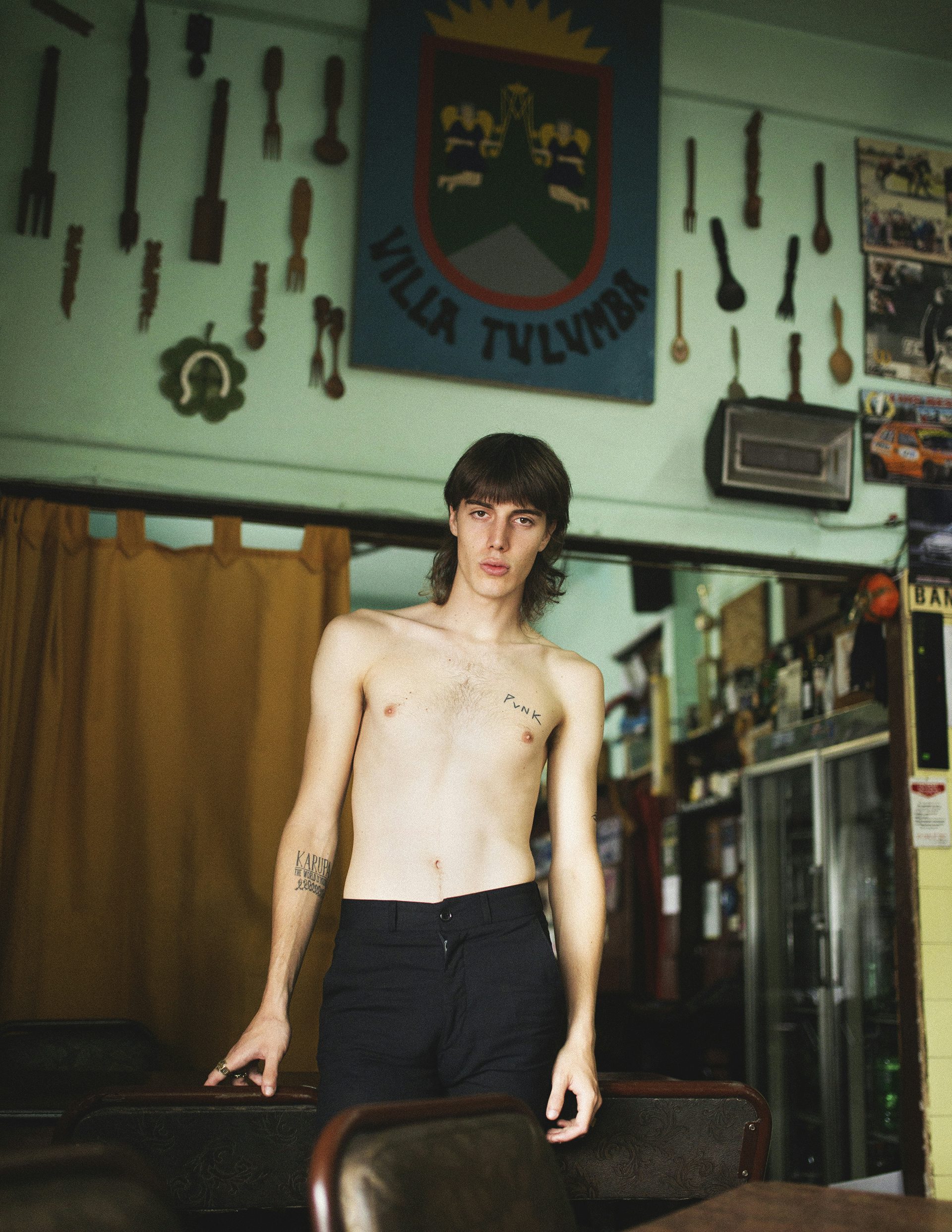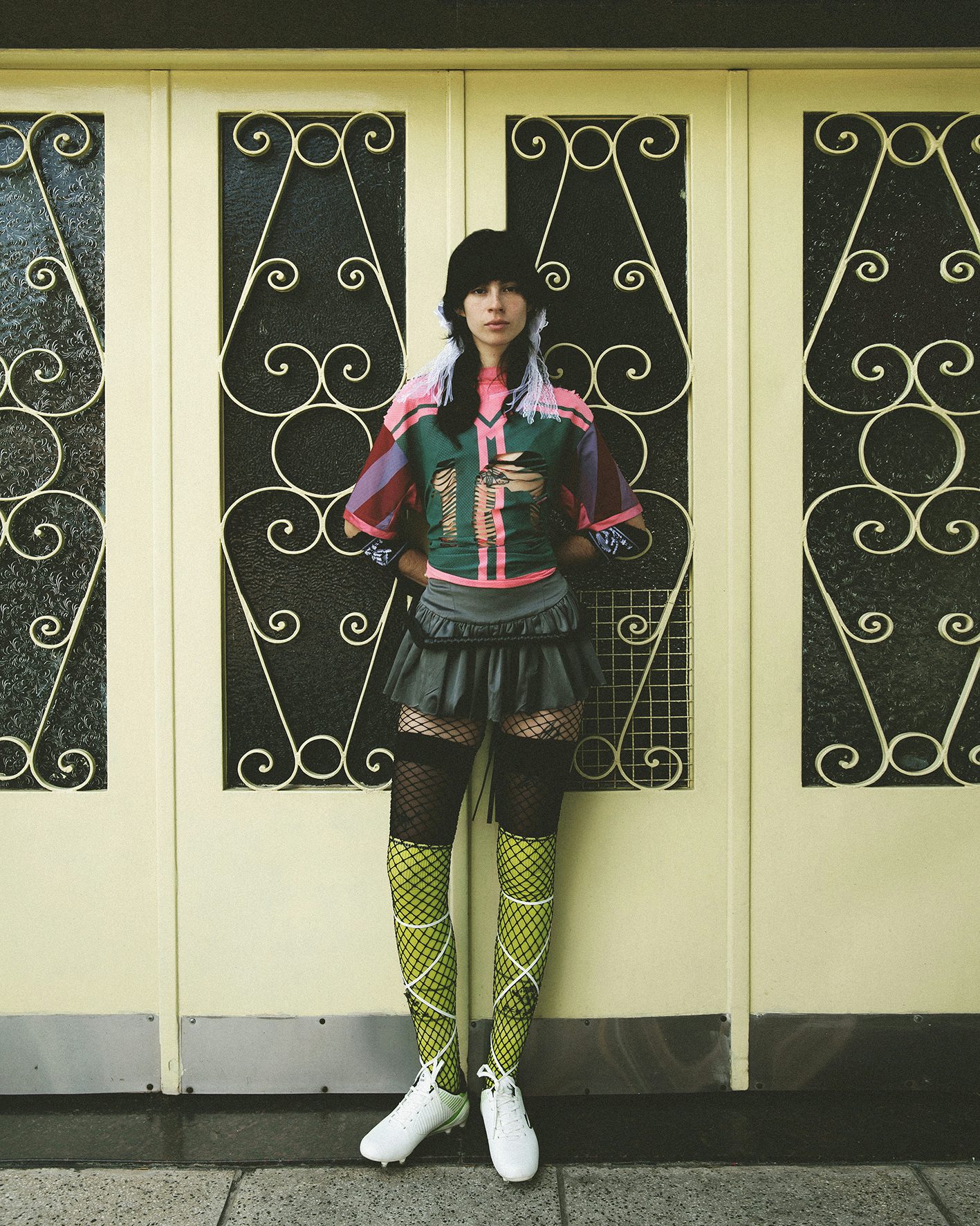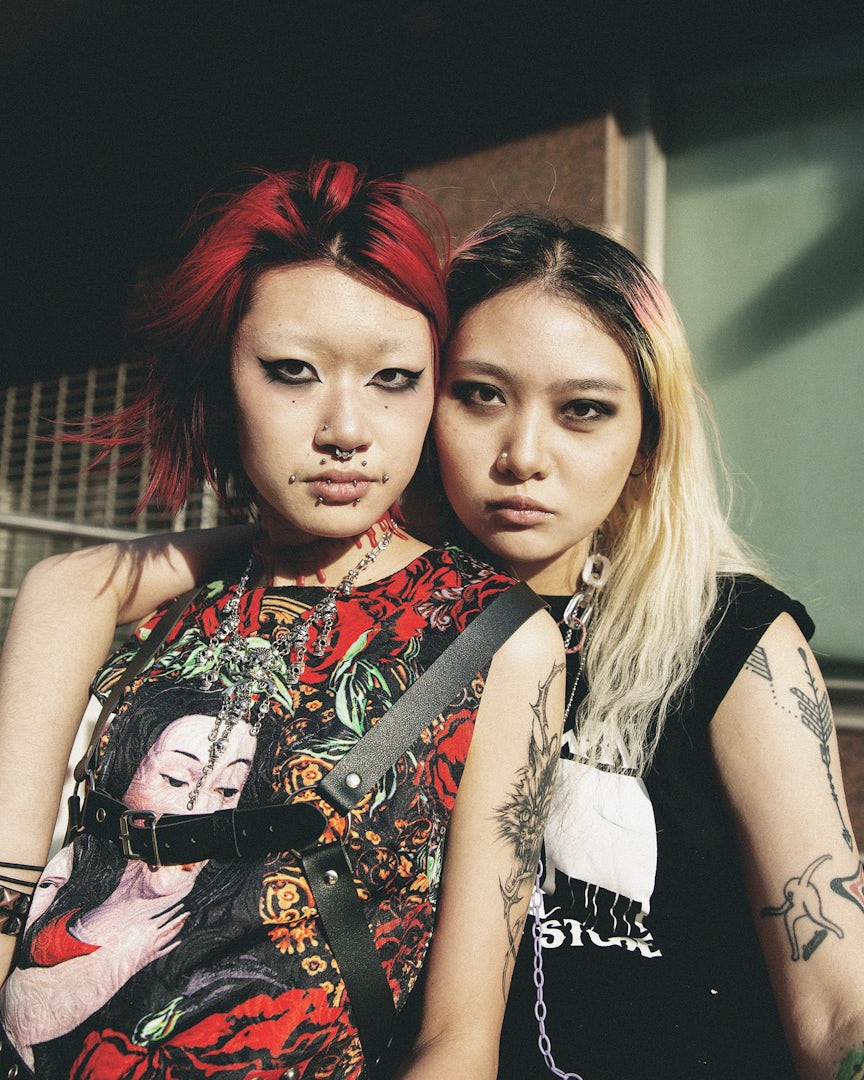Exposure: Leonardo Diaz
The Argentinian-born photographer has honed his craft over ten years in Shanghai, where he focused his lens on the worlds of fashion and subcultures
As a child, Argentinian photographer Leonardo Diaz vividly remembers visiting a painting exhibition about the cultural landscape of Asia with his father. For reasons he can’t quite explain, the show moved him and, years later, played a part in his relocation from Buenos Aires to Shanghai.
“From that exhibition, I always found myself drawn to Asian culture and the people, places, and way of life,” explains Diaz, who has now lived there for over a decade. “China has a huge and complicated history, and society has changed rapidly in the last 30 years, especially with the emergence of the creative industry. When I visited, I didn’t plan on being there for a decade, but I ended up just going with the flow and having one long adventure.”
Diaz credits China with giving him a new perspective on life and shaping his photographic practice. While his work centres on fashion, his access point is often niche subcultures he encounters by happenstance, often when cycling around Shanghai late at night. “The city is so crowded in the daytime,” says Diaz, who has shot for adidas, Dazed, and Rolling Stone. “The night is a different story, and I found that time so quiet and inspiring.”
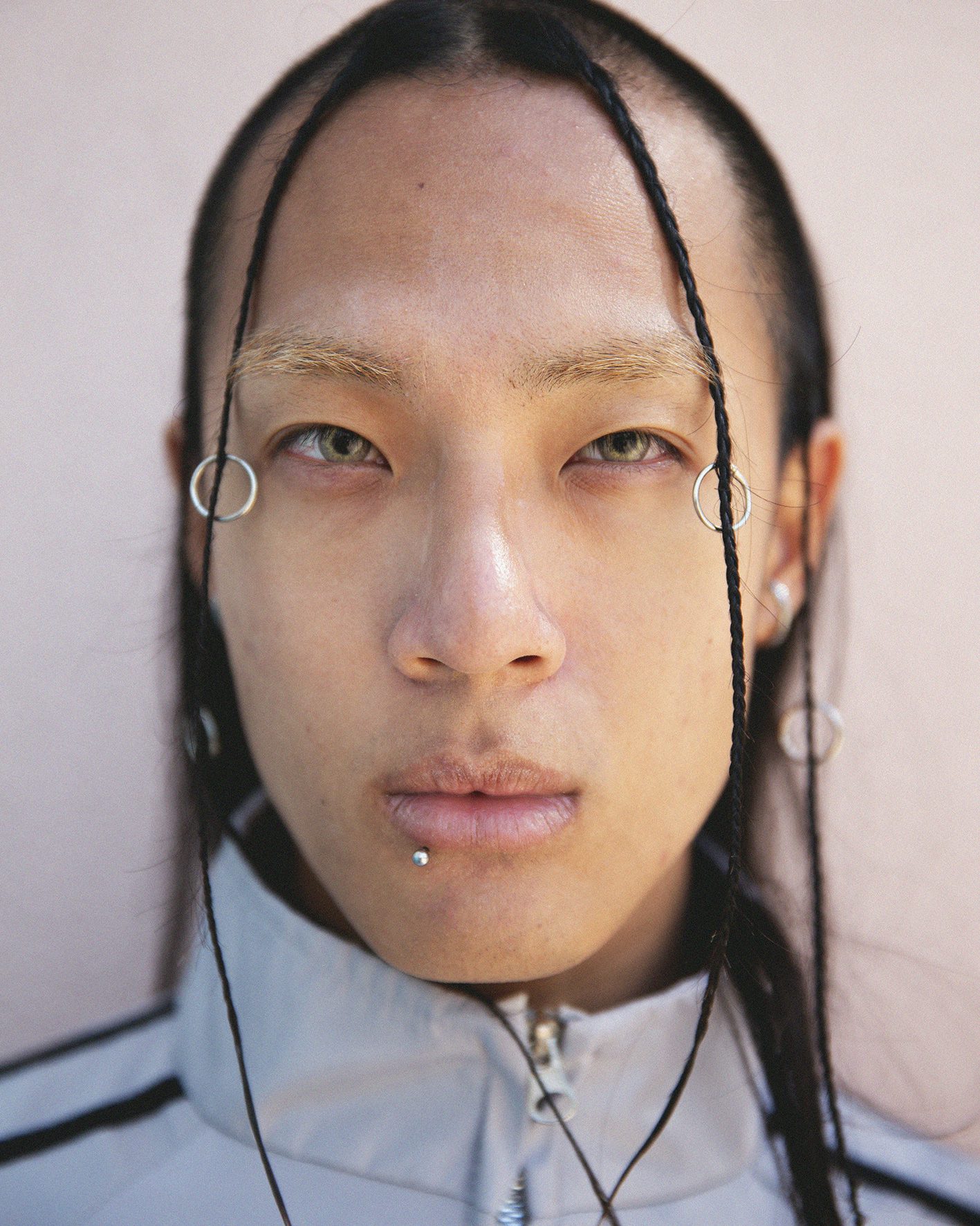

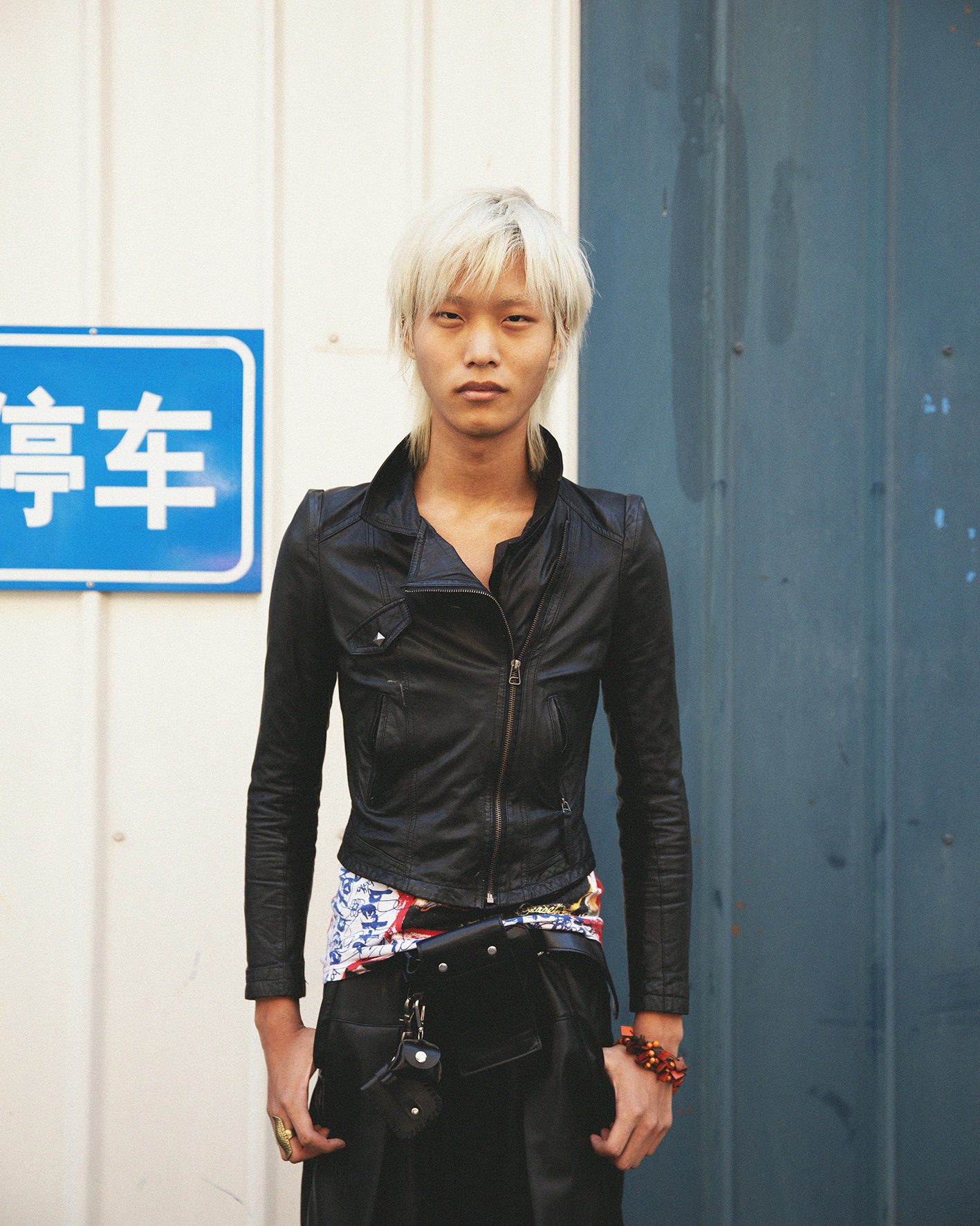
Take Specters, a project about Shanghai’s emerging neo-punk scene in and around a dive bar in Shanghai’s Jing’an neighbourhood. On one of his late-night rides, Diaz found the dark and dirty bar — reminiscent of London’s 80s punk nights – and immediately connected with a group inside.
Four friends turned into 15, and for two weeks, Diaz continued to return, captivated by their distinctive style, which blends Western-inspired fashion, brightly coloured hair and industrial piercings. For Diaz, the aesthetics and expression of the subculture were a “breath of fresh air” and emblematic of China’s rapidly evolving creative scene.
The city is so crowded in the daytime. The night is a different story, and I found that time so quiet and inspiring
“I’ve seen China change a lot over the past decade,” he explains. “All the big brands are there. The next generation of local designers is hugely creative. New art galleries are opening all the time. It’s an exciting time for the next generation. Their elders had to work so hard for so long. Now, young people in China are being raised in a completely different world.”
Diaz grew up in a creative family — his mother was an actress and his father a painter – exposing him to art at an early age. Initially, he had ambitions to follow in his father’s footsteps and become a painter, but he turned to photography as it enabled him to metabolise and express things he struggled to put into words.



“Photography is a careful balance of play and questioning things,” Diaz tells me. “It requires a lot of energy before, during and after the shoot, but has so much potential.”
Informed by French New Wave cinema and subcultural aesthetics, mainly rock from the 50s-80s, Diaz’s approach is quiet and pared-back, putting all the focus on the style and expressions of his collaborators. This subtle contrast gives his work a census-like quality, deconstructing the stylistic nuances which unify different groups.
Together, the viewer can start to detangle the collision of references codified through fashion past and present, local and global. While Diaz, who recently returned to Buenos Aires, is inspired by character and community, the work also speaks to the importance of the fashion image as a marker of time and culture.

